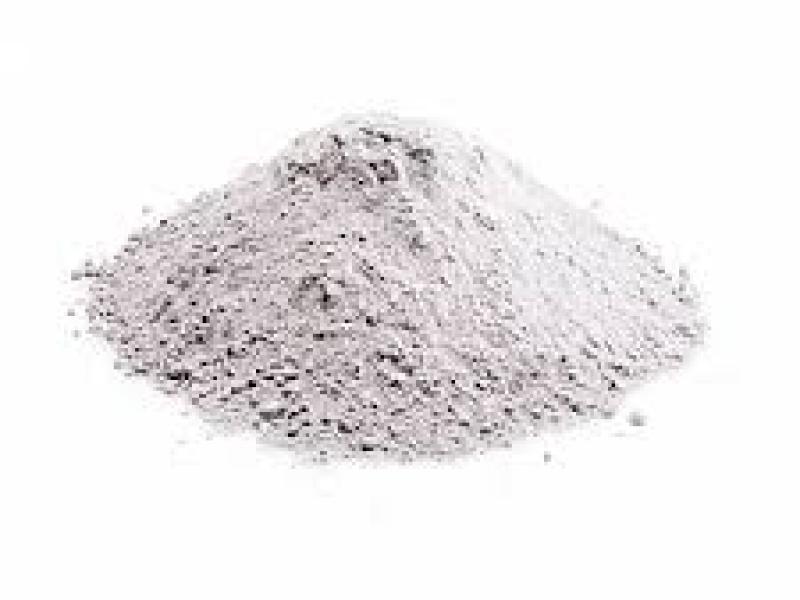
With the current pace of microbe adaptation to antibiotics and antiseptics, the most advanced drugs can lose their effectiveness over the next 20 years. The consequences will be disastrous. The extensive use of antibacterial drugs leads to their rapid loss of effectiveness due to the formation of resistant strains of infectious agents. In its turn, the mutation rate of pathogens into resistant forms is much faster than the rate of development of new antimicrobial agents.
The invention of new-generation wound healing substances is associated with expected additional therapeutic effect. Besides, there is a need for wound healing materials of different medical forms (suspension, bustiology and otolaryngology sprays, dental gel, bandages, surgical drapes, etc.) The need for wound healing substances, including new bandaging materials, is imposed by the high incidence of traumatic injuries, both of civilian and military nature.
Attempts to create bandaging materials with additional therapeutic properties have led to a stable trend of development of materials with bactericidal effect (tissues, bandages, plasters, etc.) A small group of antiseptic bandaging materials is produced by impregnating conventional wound textile with antiseptics. In this case all the disadvantages of conventional antiseptics (irritant and toxic effects, the formation of resistant strains of microorganisms) are transferred to the bandaging material.
Studies found in literature show that the use of advanced antiseptics for wound treatment provides the reduction in the number of bacteria by approximately 50-70% only for 14 days. The best drugs (for example, povidone-iodine) ensure bacteriological efficiency of 90%. This means that after treatment, 100 out of 1,000 microorganisms remain virulent, which can lead to disease recurrence.
In general, there is an urgent need for wound healing materials which would combine antiseptic and haemostatic properties, accelerate the healing process and limit overgrowth of scar tissue, and would not form resistance to infection.
Nowadays, when developing new antiseptics and antibiotics, researchers begin to abandon the use of conventional chemicals – antiseptics. For instance, at the end of 2006, the Weizmann Institute of Science (Israel) announced the creation of a prototype of synthetic lipopeptide with a positive charge. Due to their electropositive properties, lipopeptides are attracted to the negatively charged surface of bacteria and damage their membrane, which leads to bacteria death. Experts believe that the creation of such systems will be a breakthrough in the field of antiseptics and antibiotics. However, this concept is only being developed, and according to experts, about 10 years will pass before it appears on the market. The main problem is to impart electropositive properties to synthetic lipopeptides.
A suggested way to solve this problem is the use of electropositive nanostructured particles for the sorption and eradication of pathogenic microorganisms. Electropositive particles with active substance sorbed on the surface (for example, silver) and fixed to the surface of a fibrous matrix would attract a negatively charged microorganism and destroy its membrane, thus killing it. Fixing nanofibers on the surface of the fibrous matrix would help to prevent nanofibers from getting into the human body. The proposed approach allows creating a new generation of highly effective wound healing materials and drugs.
By now, the Institute of Strength Physics and Materials Science of SB RAS and Aqvelite LLC have carried out the following work:
1. A technology has been developed for the production of wound healing bandaging material on the basis of nanostructured particles of aluminium oxide-hydroxide phases and an experimental-industrial prototype has been created.
2. It has been proved that in aqueous media the wound bandaging material provides a reduction in the number of bacteria (S.aureus, P.aeruginosa, E.coli, P.vulgaris, К.pneumoniae, С.albicans) and fungi from the initial concentration of 2102 CFU/ml to zero within 48 hours.
3. Tests on animals have been carried out:
4. Material application helps to reduce the time of parenchymatous hemorrhage by 30%.
5. Material application has a positive effect on the healing of skin flap-like wounds, reducing the wound healing time and improving the quality of wound healing.
6. The material offers advantages by such wound healing criteria as necrosis, edema, exudation, purulent discharge; it provides perfect epithelization tissue structure and reduces pain in the wound.
7. The bandaging material helps to suppress microbe growth in the wound, thus reducing the amount of purulent discharge and eliminating putrefactive odor of the wound.
8. Safety tests have been carried out. It has been proved that after a single application, neither LD50 nor other parameters of material toxicity have been identified, which allows classification of the tested material as hazard class 4 according to GOST 12.1.007-76 (low-toxic substances).
9. Studies concerning toxicological parameters in a long-term experiment are being carried out.
Fig. 1 shows the sorption of E. Coli bacteria by the antiseptic material in Petri dishes (infected wound model).
Fig.1. The experiment was carried out at room temperature. 1 ml of microbial suspension (E. Coli) with the concentration of 105 CFU/ml was spiked into a dish with agar. The figure shows the growth of microorganisms after 48 hours: 1 – sorption material sample; 2 – confluent growth of microorganisms on agar in the check sample; 3 – the place of material and agar contact after 48 hours.
REFERENCES
Lerner M., Loghkomoyev A., Pehenko V., Psakhye S. Application inorganic nanomaterial powder for sorption microorganisms. // II Russian – German Conference of the Koch-Metchnikov-Forum. Tomsk, 9-12 September, 2007. Abstract book. P.221.
